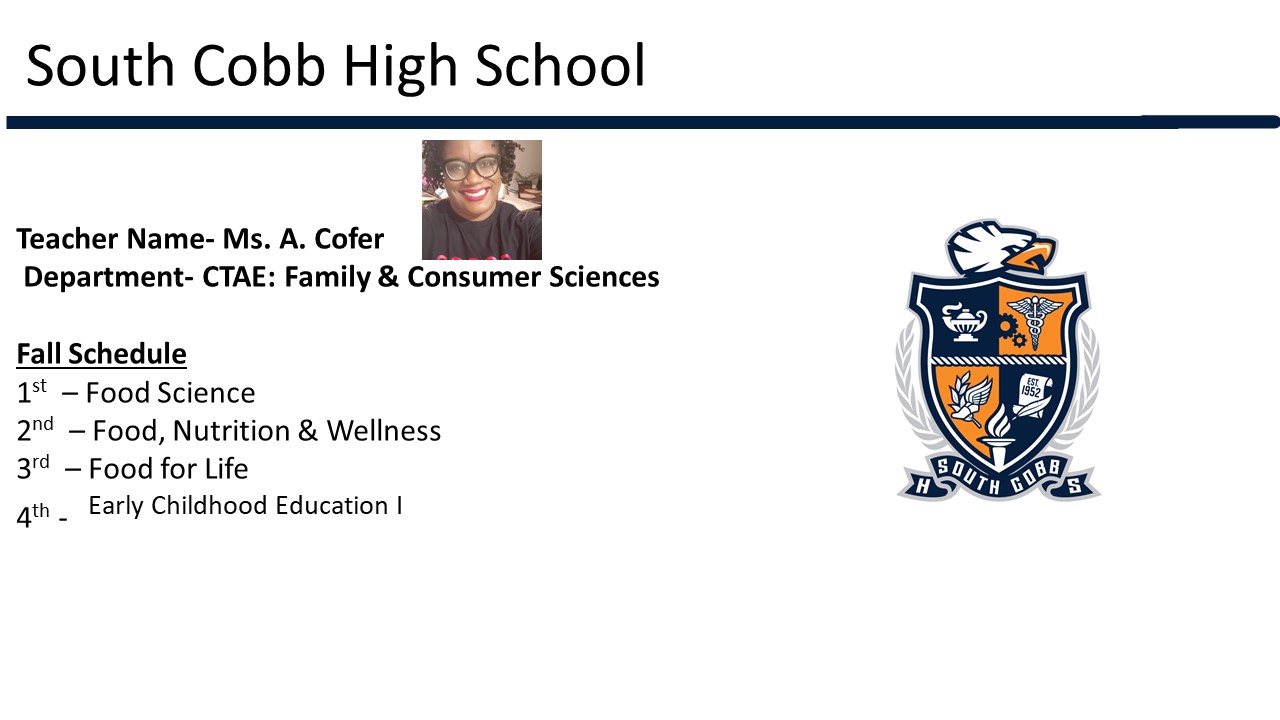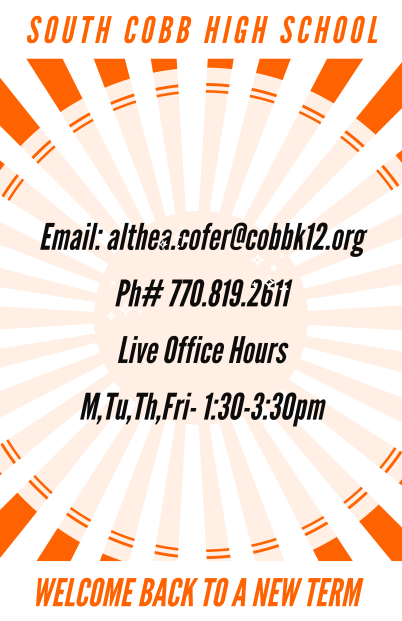The 5 Most Dangerous Foodborne Pathogens
The first three pathogens on this list are fairly obvious dangers and ones on which federal agencies, such the Centers for Disease Control and Prevention, focus most of their attention. The other two are much rarer, but they’re still important pathogens to watch out for.
Listeria
Apart from some diarrhea or minor gastrointestinal problems, most people don’t get sick when they’re exposed toListeria. It’s estimated that it sickens only about 1,600 people in the U.S. each year, but, if the pathogen gets into their bloodstream, one in five people die, giving it the highest mortality rate of foodborne pathogens.
At least 90 percent of people who get Listeria infections are pregnant women and their newborns, people 65 or older, or people with weakened immune systems.
Listeria can contaminate foods we don’t usually cook, such deli meats, sprouts, and soft cheeses. In 1985, Listeria-contaminated queso fresco sickened 142 people, killed 10 newborns and 18 adults, and caused 20 miscarriages. In 2011, 147 people were infected with Listeria from cantaloupes and 33 people died. Within the past year, there have been outbreaks linked to new food vehicles — caramel apples and ice cream.
Salmonella
Approximately 1 million people are sickened by Salmonella in the U.S. each year and approximately 380 of them die from the infection.
Children are at the highest risk for Salmonella infection. Children younger than 5 have higher rates of Salmonella infection than any other age group. Young children, older adults, and people with weakened immune systems are the most likely to have severe infections.
Salmonella illnesses are commonly associated with poultry and eggs, along with meat, unpasteurized milk or juice, cheese, contaminated raw fruits and vegetables, spices, and nuts. In 2009, 714 people were infected with Salmonella Typhimurium linked to peanut butter. Approximately 1,939 Salmonella Enteritidis illnesses associated with shell eggs were reported in 2010, and 634 people were sickened by Salmonella Heidelberg linked to Foster Farms chicken in 2013 and 2014.
Shiga toxin-producing E. coli (STEC)
Most Escherichia coli are harmless and an important part of a healthy human intestinal tract, but some are pathogenic. There are six pathotypes of E. coli that are associated with diarrhea and the one we hear about most often is Shiga toxin-producing E. coli (STEC) – also referred to as Verocytotoxin-producing E. coli (VTEC) or enterohemorrhagic E. coli (EHEC). The most commonly identified STEC in North America is E. coli O157:H7 (often shortened to E. coli O157).
STEC is estimated to cause 265,000 illnesses and 30 deaths each year. It infects people of any age, but young children and the elderly are more likely to develop severe illness and hemolytic uremic syndrome (HUS), a severe complication in which red blood cells are damaged and can cause kidney damage and kidney failure.
Undercooked ground beef, raw milk and juice, soft cheeses made from raw milk, and raw fruits and vegetables have been commonly linked to E. coli infections.
In 1992-1993, an E. coli O157 outbreak that sickened more than 700 people was linked to Jack in the Box hamburgers. In 2006, 199 people were sickened by contaminated spinach. And in 2009, raw refrigerated, prepackaged cookie dough sickened 72 people.
Vibrio vulnificus
The number of Vibrio illnesses and subsequent deaths may much lower than those for Salmonella, Listeria or E. coli, but it is still be a troubling pathogen.
An average of 50 culture-confirmed cases, 45 hospitalizations, and 16 deaths are reported each year from the Gulf Coast region (Alabama, Florida, Louisiana, Mississippi and Texas). As of Sept. 11, Florida has reported 30 confirmed Vibrio vulnificus infections this year, including 11 deaths.
While not potentially life-threatening to most healthy people, Vibrio vulnificus can be very dangerous to immunocompromised people, especially those with chronic liver disease, cancer or diabetes. In these people, the bacterium can infect the bloodstream, causing a severe and life-threatening illness that is fatal about half the time.
Vibrio vulnificus lives in warm seawater, such as the Gulf of Mexico, and is found in higher concentrations in the summer months as water temperatures rise. It can cause disease in those who eat contaminated shellfish raw or undercooked — particularly raw oysters. Contrary to what some people believe, eating raw oysters with hot sauce or while drinking alcohol does not kill the bacteria.
Since 2006-2008, the Foodborne Diseases Active Surveillance Network (FoodNet) has detected a 52-percent increase in Vibrio infections, including V. parahaemolyticus, V. alginolyticus and V. vulnificus.
The increases may be the result of higher water temperatures lasting more months of the year and reaching further north due to climate change.
Clostridium botulinum
Botulism is another rare but serious foodborne illness. It’s a paralytic illness caused by a nerve toxin that is produced by the bacterium Clostridium botulinum.
In the U.S., an average of 145 cases are reported each year. Of these, approximately 15 percent are foodborne, 65 percent are infant botulism and 20 percent are wound-related.
Botulism can result in death due to respiratory failure. However, in the past 50 years, the proportion of patients with botulism who die has fallen from about 50 percent to 3-5 percent.
A patient with severe botulism may require a breathing machine, as well as intensive medical and nursing care, for several months, and some patients die from infections or other problems related to remaining paralyzed for weeks or months. Patients who survive an episode of botulism poisoning may have fatigue and shortness of breath for years, and long-term therapy may be needed to aid recovery.
Foodborne botulism has often been linked to home-canned foods with low acid content, such as asparagus, green beans, beets and corn, and is caused by failure to follow proper canning methods. Outbreaks of foodborne botulism involving two or more people occur most years and are usually caused by home-canned foods.
(To sign up for a free subscription to Food Safety News, click here.)
© Food Safety News


